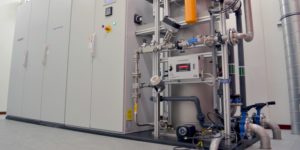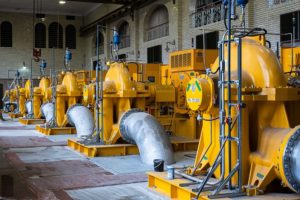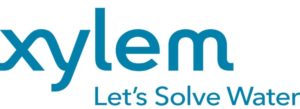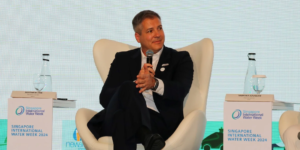Wastewater Treatment Plant Uses AI to Reduce Aeration Energy Use
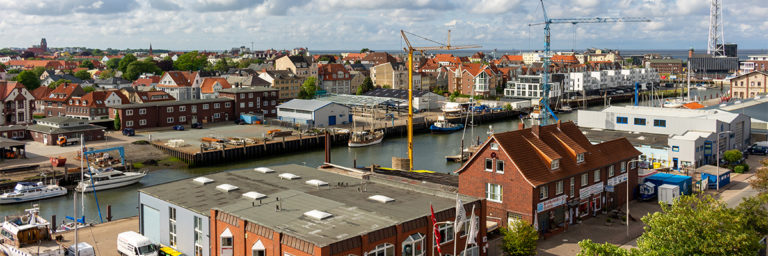
Cuxhaven German North Sea. (Image source: Xylem Inc.)
The BLU-X system predicted the best set points to operate the aerators, enabling the plant to reduce aeration energy use by 26 percent – a powerful example of how Xylem is partnering with our customers to help them achieve bold new efficiencies and advance sustainability.
The Cuxhaven Wastewater Treatment Plant is operated by EWE WASSER GmbH (EWE), one of northwest Germany’s largest wastewater disposal companies, responsible for the transportation and purification of wastewater through 23 modern wastewater purification plants. The Cuxhaven plant has the capacity to purify wastewater for the nearly 400,000 residents of this seaside town.
Optimizing energy usage and improving safety
In Cuxhaven, as in most cities, the pumping and treatment processes are the largest consumers of energy in the water cycle. And typically, aeration accounts for more than 50 percent of wastewater treatment energy consumption. This is due to energy-intensive technologies such as mechanical aerators, blowers and diffusers.
As a proactive wastewater treatment operator, EWE wanted a system to optimize the energy consumption associated with aeration and improve safety with better system control of chemical usage. While EWE was hoping to reduce operating costs through optimization, the control system implemented also needed to ensure effluent concentrations were within legal limits.
Modeling performance in a computer environment
In early 2017, EWE partnered with Xylem to apply its Decision Intelligence approach to the Cuxhaven Wastewater Treatment Plant. The objective was to better understand, control and increase the efficiency of Cuxhaven’s aeration processes by modeling performance in a computer environment. Previously Cuxhaven operated plant system sensors with manual controls and lacked an optimization strategy.
EWE partnered with Xylem to develop and deploy BLU-X Treatment Plant Optimization, which uses machine learning to create models of the carbon, nitrogen and phosphorous elimination processes based on data from the plant’s SCADA system. BLU-X provided a real-time digital twin of the entire plant so that each process receives optimal aeration and chemical inputs to match the needed chemical and biological oxygen demand.
Since EWE had no online sensors available to take real-time measurements of influent concentrations, several “virtual sensors” were developed to calculate an estimate of the incoming carbon, nitrogen and phosphorous loads of the influent. In the absence of traditional sensor data, these virtual sensors helped EWE accurately estimate influent concentration and operate the aeration process in the most efficient way while meeting regulatory requirements.
In August of 2017, after several months of manual plant operation, Xylem activated BLU-X to predict and calculate the best set points to operate the aerators of five parallel biological treatment tanks.
Saving enough energy to power 64 homes for one year
At the end of 2017, Xylem worked with EWE to compare optimization results from this first phase against the previous data from the manual operation of the Cuxhaven plant, which provided data for the model. A critical parameter for measuring success was the specific energy required to eliminate one kilogram of load. Most treatment plants do not make this calculation, which can lead to unnecessary plant fluctuations in energy usage. The optimized operation of the plant resulted in a drastic reduction in these fluctuations and prevented situational peak energy consumption.
Since implementing BLU-X Treatment Plant Optimization, the Cuxhaven treatment plant has shown a 26 percent reduction in aeration energy usage, corresponding to 1.1 million kilowatt-hours annually — enough energy to power 64 homes for one year. In addition, all plant effluent concentrations continue to maintain regulatory compliance.
Digital solutions for superior performance
BLU-X Treatment Plant Optimization is just one example of Xylem’s commitment to help water utilities achieve superior performance as they serve their communities. Xylem’s digital solutions can help utilities improve cash flow and service affordability, ensure compliance and operating performance, and improve system resilience and sustainability.
Source: Xylem Inc.

